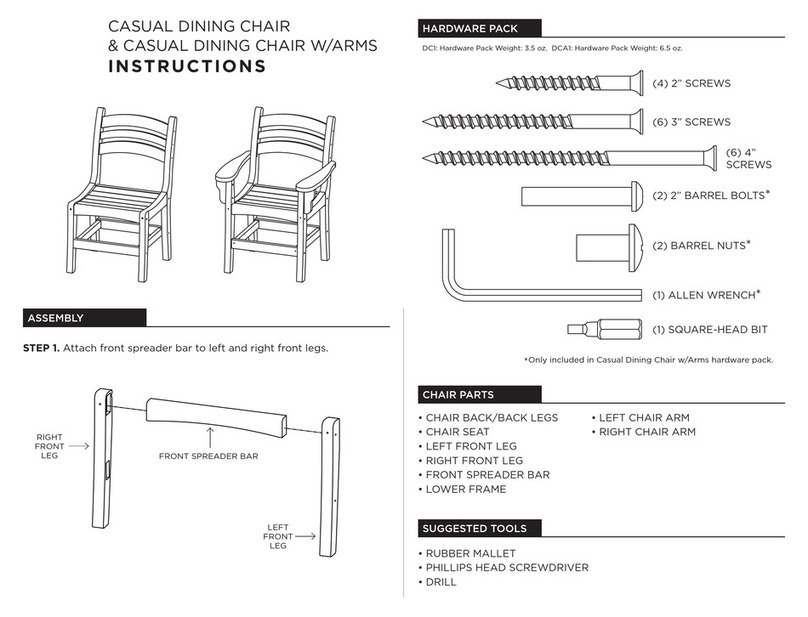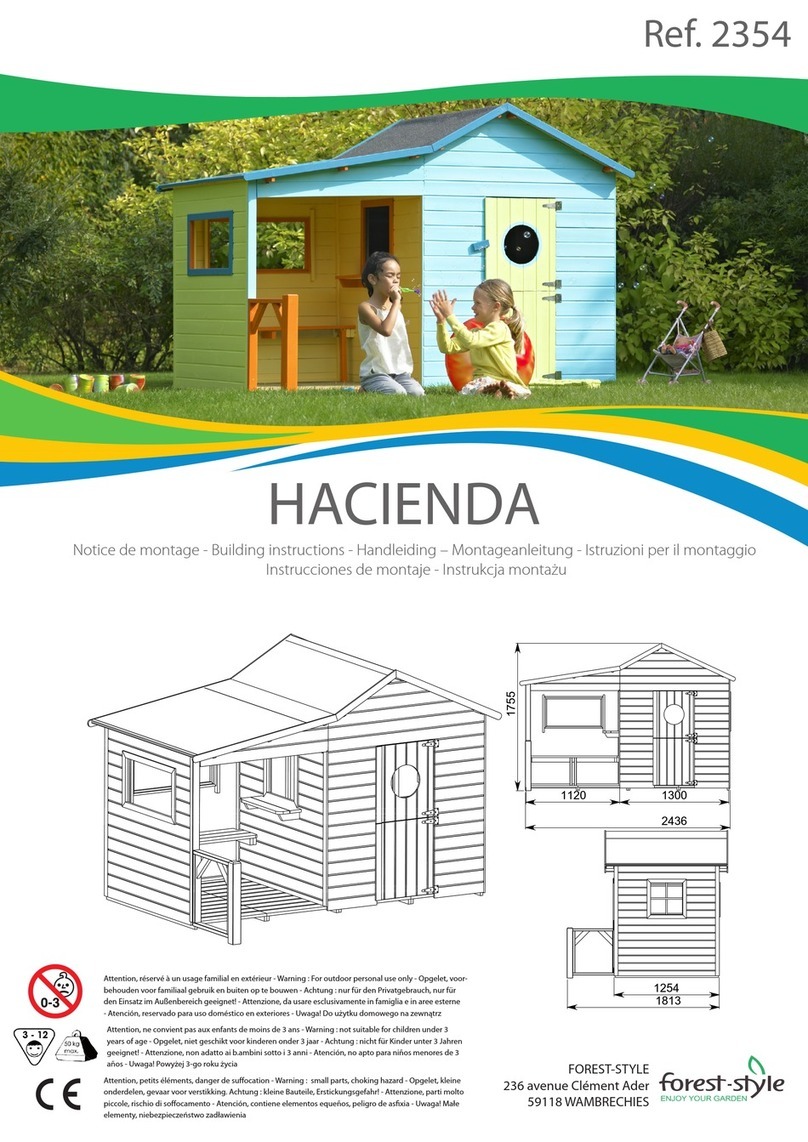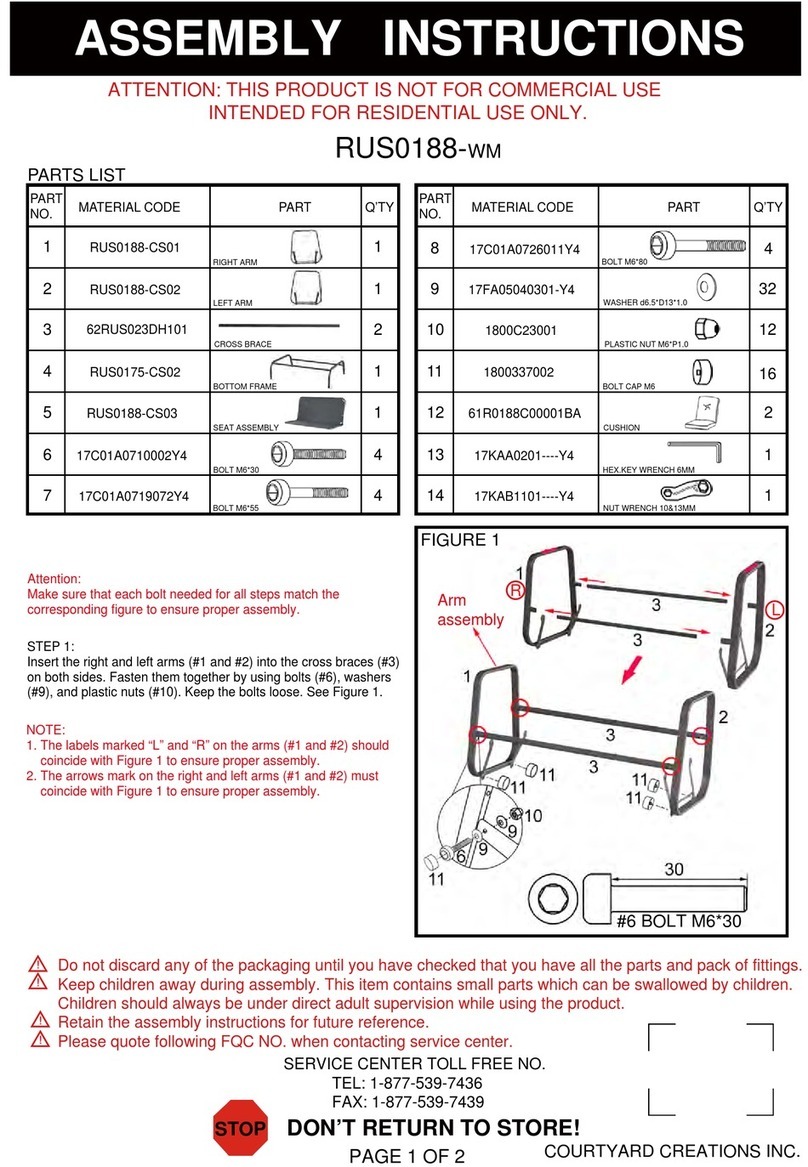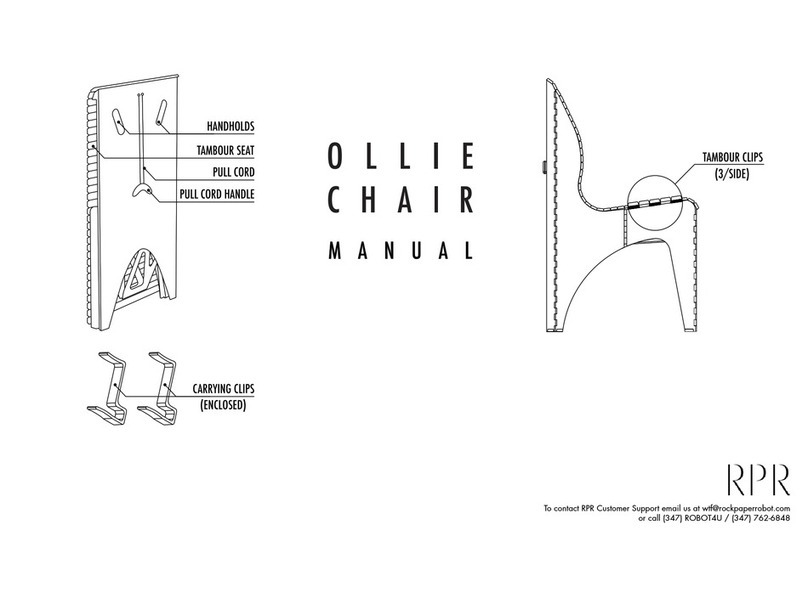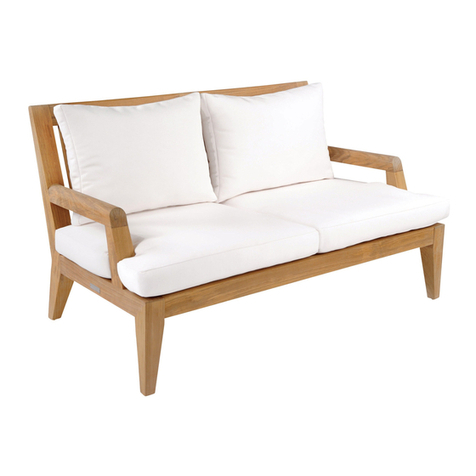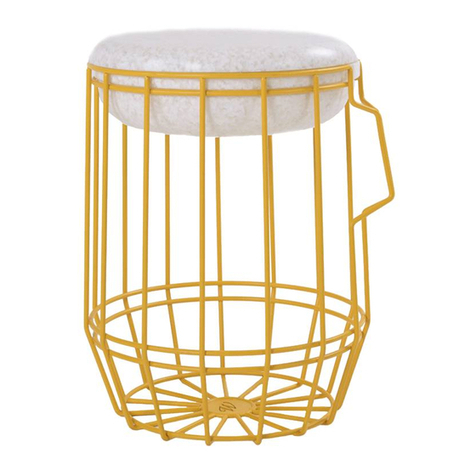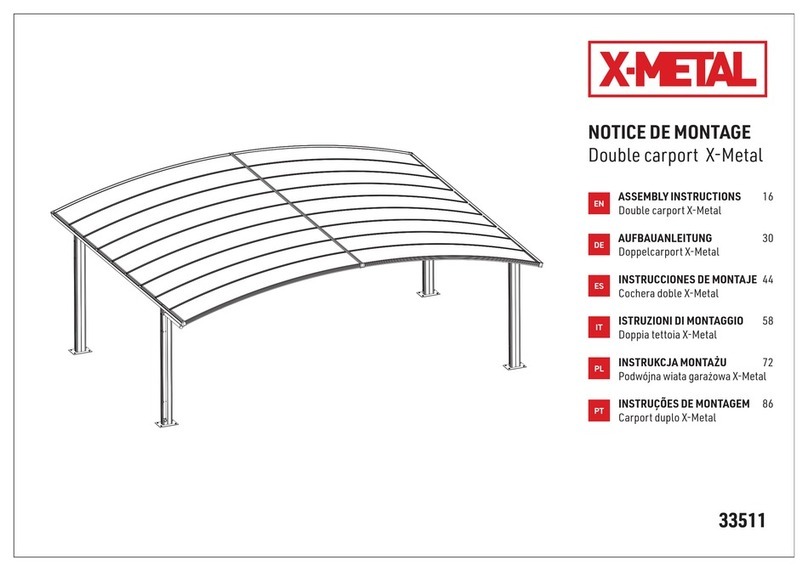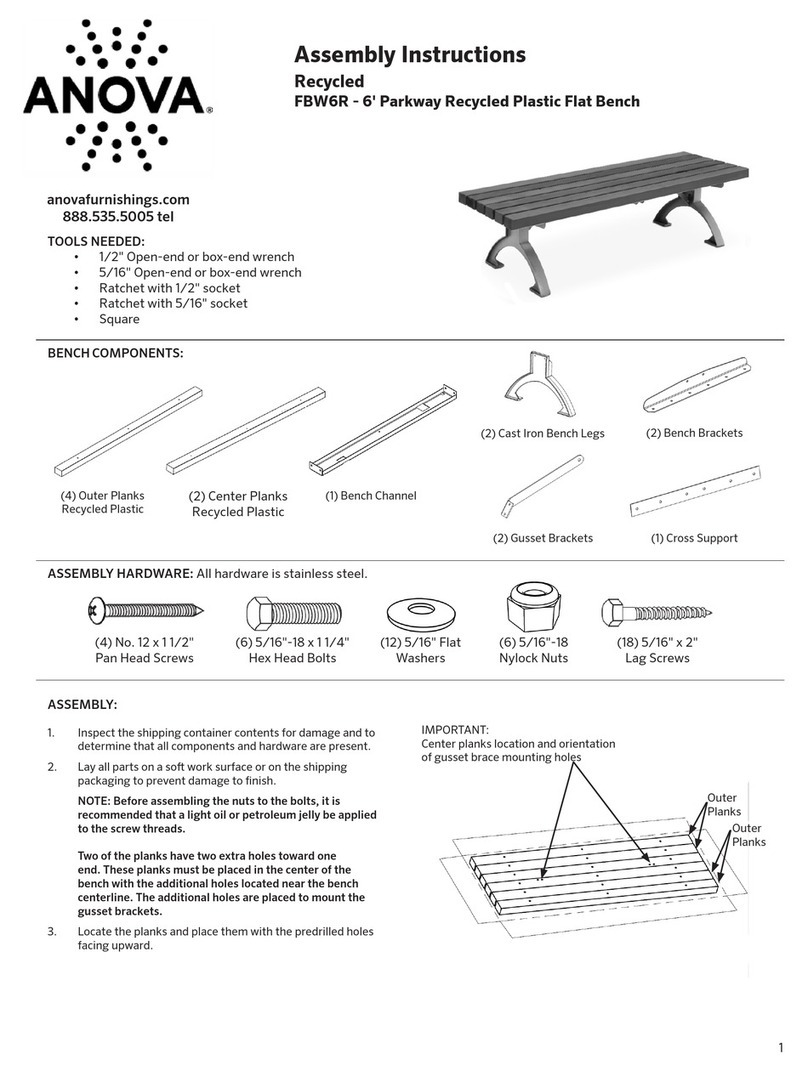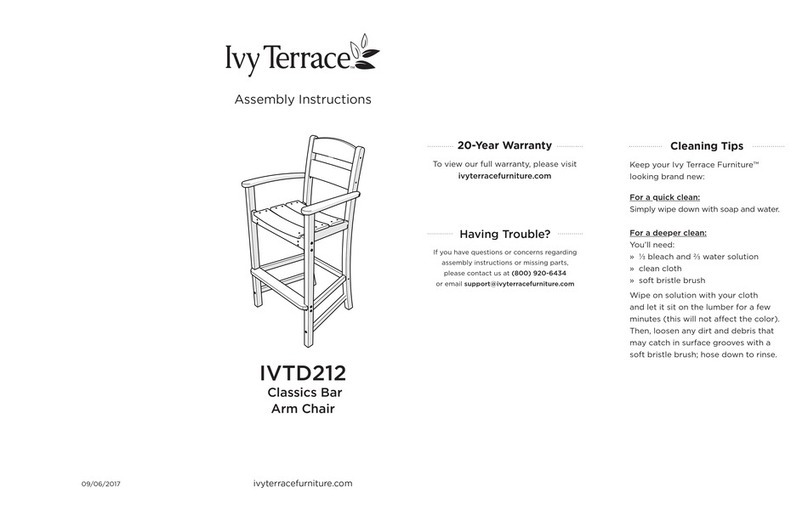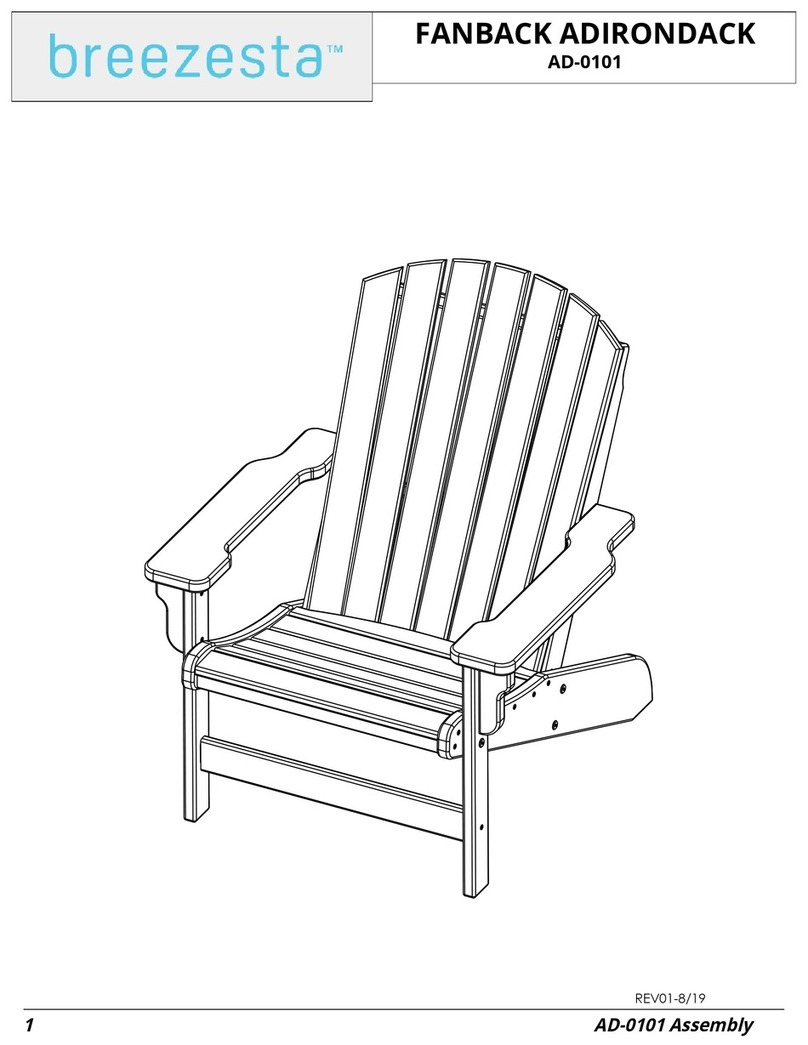
Introduction
Page 4 | 24 2029839 [Rev. 3 - en]/2019-03-22
Operation in the event of a power supply failure
An electrically-operated product cannot be operated without
power. A lowered/extended product may be subjected to
impermissible loads when bad weather fronts pass over
and during power failures. This may also result in serious
injury to persons and/or damage to the product.
Manual emergency operation or an emergency power
supply should be considered for windy regions with
frequent power failures.
Obligation to supervise operation of the radiant heater
(if present)
If the product is not monitored during operation, objects
may become damaged. Heat development and the failure
to adhere to minimum distances can cause scorching of
surfaces and result in fires.
Never operate the radiant heater unattended.
The radiant heater should not be equipped and
operated with a time switch or any other device that
automatically switches the heater on.
Operating note for radiant heater (if present)
The radiant heater warms up when it is switched on.
Incorrect conduct may result in a risk of burn injuries and/or
overheating of the product.
Do not touch the radiant heater during operation. The
radiant heater is hot.
Do not place objects on top of the radiant heater and
do not cover the radiant heater with textiles. This would
result in a fire hazard.
Do not touch the radiant heater shortly after it has
been operated. Wait for the radiant heater to cool down
before touching it.
Notes on use, LED strips (if present)
Risk of eye injury from incorrect use of LED strips!
The LED strips create a dim light. The maximum
brightness is not sufficient for reading.
Accessing the operating element (electrically operated
product)
The operating element is not intended for children to use.
Children are unable to recognize the danger associated
with the product. Persons can become injured from
careless use.
Do not allow children to play with the locally installed
control system or operating element.
The hand-held transmitter must be kept out of the reach
of children.
Access to the radiant heater (if present)
The radiant heater is not intended for children. Children are
unable to recognize the danger associated with the product.
Persons can become injured from careless use.
The radiant heater is only permitted to be used with the
safety grill mounted. The safety grill prevents direct access
to the heating element.
Children must be monitored while the radiant heater is
switched on.
Do not insert objects through the safety grill.
Operation in wind
The slat roof is only able to withstand the loads associated
with the specified wind resistance class when the slat are
open.
The integrated awning with easyZIP guidance (if present)
is only able to withstand the loads associated with the
specified wind resistance class.
When a bad weather front is approaching, the slats of
the product must be closed.
The slats of the product must be closed when the
specified wind resistance class is exceeded.
In case of full-side glazing, the sliding elementsmust be
opened in high winds (over 100 km/h).
When a bad weather front is approaching, retract the
integrated awning with easyZIP guidance (if present) by
hand immediately.
The integrated awning with easyZIP guidance (if
present) must be retracted if the recommended wind
speed limits are exceeded.
The product should not be moved in any other way
under heightened wind loads.
Operation in wet weather (integrated awning with
easyZIP guidance)
Moisture promotes wrinkling and waffling and deteriorates
the awning fabric.
In the event of rain, the awning must be raised. Do not
lower the awning.
Once the rain has stopped, awning fabric that has
become wet should be extended so that it can dry.
Operation in icy conditions/winter (general procedure)
Operating the product at temperatures at or below the
freezing point may result in malfunctions and/or damage
if the installation and building situation is unfavourable.
Moisture on the product due to dew, rain or snow can cause
the product to freeze up at low temperatures.
Before operating the product, it should be cleared of
snow and ice so that it can move freely.
Do not operate the product under icy conditions.
In case of snow, the slats of the slat roof should be
opened.

